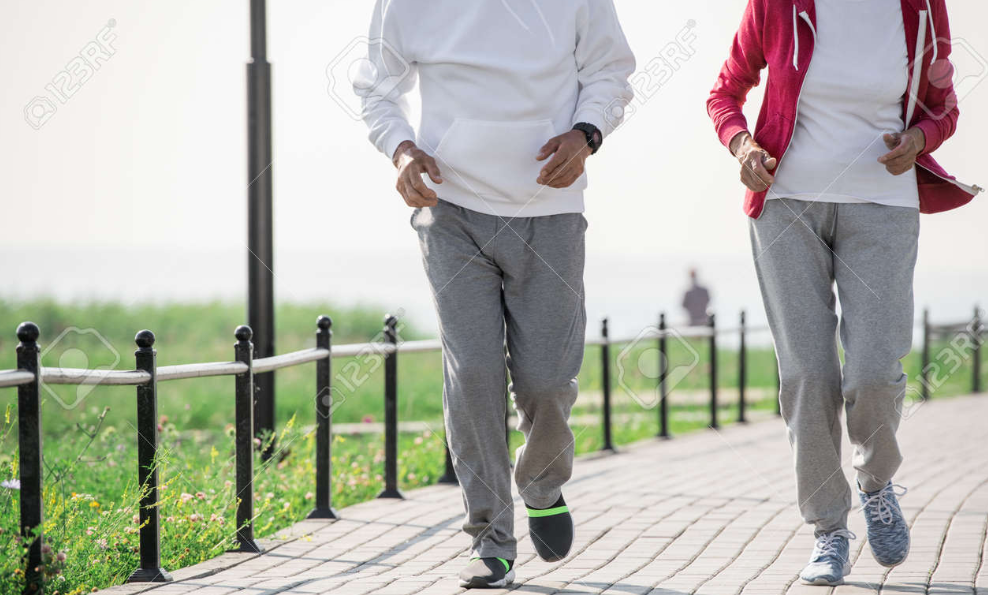How exercise slows down aging and extend your life?
What do you think when someone tells you that they are getting older? What comes to mind for most people is:
a. being slower in movement and thought
b. being in more pain
c. experiencing poor sleep, and energy
d. having more disease burden
As seen from the diagram below, it is true that aging can impact multiple body systems.
 As we age, the following body systems decrease in function:
As we age, the following body systems decrease in function:
a. Brain
b.Cardiovascular
c. Lung
d. Muscle
In addition, aging tends to decrease one’s resting metabolic rate,and increase one’s body weight.
However, this does not need to be the case. People can age gracefully and have productive lives in their old years and one way we can age gracefully is to engage in regular exercise. Why is this? As the above diagram illustrates, exercise increase functioning of the brain, heart, lung and muscles. In addition, exercises positively effects cellular hallmarks of agings. One hallmark of aging is telomere shortening. What are telomeres? They are like caps at the end of the cell. Every time a cell divides, the telomeres reduces in size. All of us will have our telomeres reduce in size, but people who age faster will lose their telomeres quicker. What is the significance of this? This can result in cells being no longer functional and at an organ level, the organ becomes dysfunctional.
So, buy engaging in regular exercise, this can prevent telomere shortening. How is this possible? Regular exercise can decrease oxidative stress and inflammation which can increase telomere shortening. How much is regular exercise? It is recommended for men to engage in 40 minutes of exercise , five days a week and for women to engage in 30 minutes of exercise , 5 days a week.



